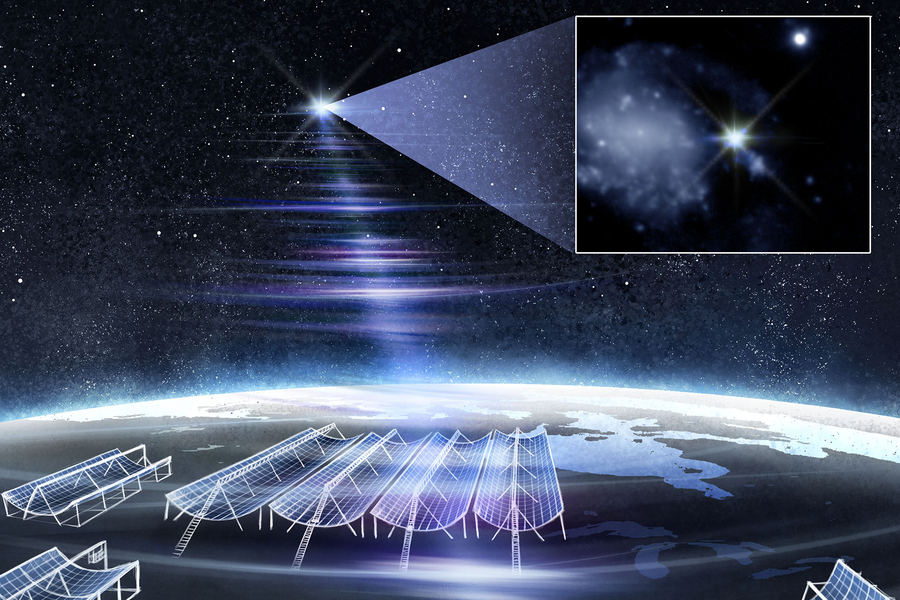A Breakthrough in Radio Astronomy: Detection of the Brightest and Nearest Fast Radio Burst to Date

First discovered in 2007, FRBs are millisecond-long bursts of radio waves that can outshine entire galaxies in radio emission. Despite hundreds of detections, their astrophysical origins remain uncertain, with leading hypotheses pointing to magnetars — highly magnetized neutron stars. The rarity of nearby FRBs makes each close detection scientifically invaluable.
Detection and Methodology
The March 16, 2025 burst was initially captured by the CHIME array in British Columbia. Thanks to the recently deployed CHIME Outriggers — three smaller telescopes distributed across North America — researchers were able to localize the FRB with unprecedented precision. This marked the first successful detection and localization using the full CHIME-CHIME Outriggers system, effectively transforming the instrument into a continent-sized telescope.
Localization efforts revealed that the burst originated in the spiral galaxy NGC 4141, in the constellation Ursa Major, approximately 130 million light-years from Earth. This makes it one of the nearest FRBs ever identified.
Key Findings
- Extraordinary Brightness: The burst’s intensity earned it the nickname RBFLOAT, underscoring its exceptional luminosity compared to thousands of previously catalogued FRBs.
- Precise Localization: For the first time, astronomers determined not only the host galaxy but also the specific galactic region of origin — the outskirts of a star-forming zone.
- Potential Magnetar Source: The FRB’s position suggests it may stem from an older magnetar, lying just beyond an active star-forming region. This challenges prevailing models that primarily associate FRBs with young magnetars at the heart of stellar nurseries.
Implications for Astrophysics
This detection opens new avenues for FRB research:
- Environmental Diversity: The event highlights the diverse environments where FRBs can originate, ranging from star-forming cores to peripheral galactic regions.
- Stellar Evolution Insights: The possibility of older magnetar involvement adds nuance to our understanding of neutron star life cycles and their potential for producing FRBs.
- Instrumentation Advances: The CHIME-Outrigger system has proven its capacity to precisely pinpoint FRBs, enabling follow-up multi-wavelength studies with other telescopes.
Conclusion
The detection of RBFLOAT marks a milestone in radio astronomy, providing the clearest look yet at the origins and conditions of fast radio bursts. While many questions remain — including the exact mechanisms behind FRB generation — this event confirms the critical role of advanced observational infrastructure in solving one of modern astrophysics’ greatest mysteries. Future detections with CHIME and similar instruments may ultimately unravel the enigma of FRBs and their role in the cosmic landscape.


